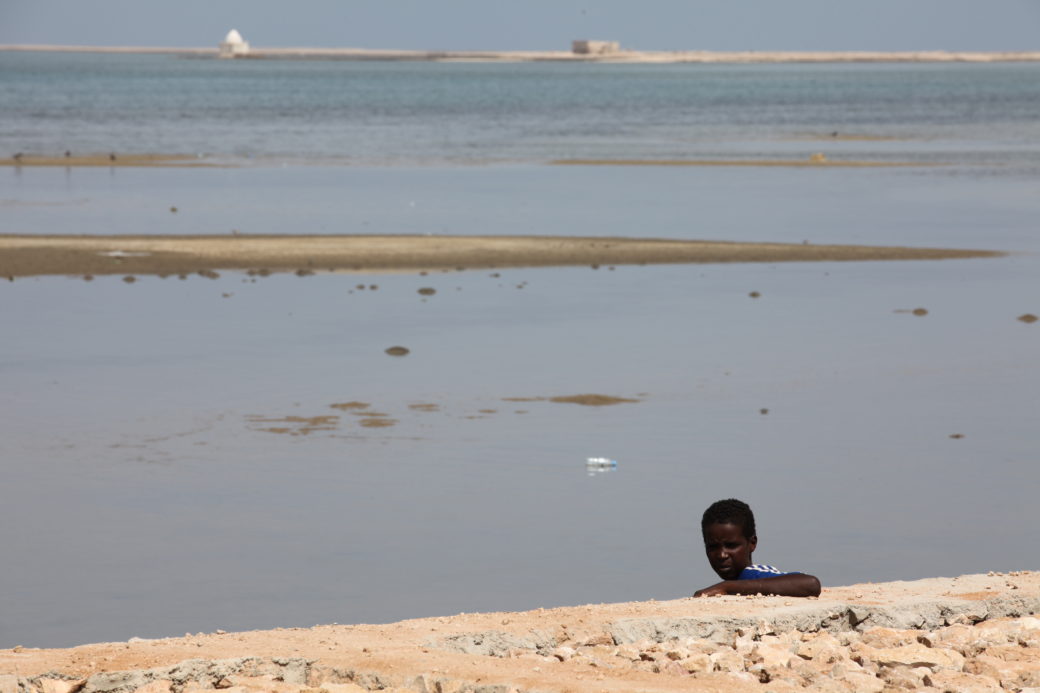The humanitarian crisis in Somalia is among the most complex and protracted emergencies in the world. Climate change and political instability have made local communities extremely weak and unable to respond to different hazards. Climate change causes recurrent droughts and floods and, in this context, integrated interventions must support disaster risk management, increasing community resilience and capacity to face with climate and anthropic shocks. Building community resilience means to enhance livelihoods, as shown in the Policy Paper on Building livelihood and community resilience commissioned by Cesvi to ODI.
In the Banadir and Hiraan regions of Somalia, Cesvi has implemented resilience-building projects within the BRCiS Consortium since 2013. The overall objective of the project is to contribute to strengthening the resilience of Somalis and bridging the gap between emergency relief and rehabilitation.
Hiraan is one of the most fragile regions in terms of security, access, and floods. Communities living along the banks of the Shabelle River, running through the heart of the region, make a living out of agricultural production thanks to the presence of riverine water. However, these life-giving natural water conduits can also become disastrous whenever water overflows due to heavy rainfall. This overflowing causes erosion of soil and river banks, destroying agricultural areas and other structures close to the river.
Both Shinile and Lebow villages, located along the Shabelle River, are subjected to recurrent flooding during rainy seasons. To protect the 620 families living in the villages, Cesvi built two 30 meters long Gabion walls to retain the water flow and protect the soil from erosion.
The construction of gabions in two villages was successfully completed after a technical assessment carried out by Cesvi engineers. Communities appreciated the new sustainable approach of the flood mitigation in both the villages and the communities’ engagement has demonstrated this success. In Lebow village, indeed, the community decided to extent the wall and built 6 meters more than the 30 meters provided by the project. However, because this was not part of the agreement, the community took it upon themselves to construct the extension.
This intervention has contributed to enhance and strengthen resilience, making communities able to cope with floods and reducing the impact of overflowing on the local economy, agriculture and everyday life.
“The gabion walls have a stronger resistance to currents, are flexible and adaptable to any changes in the terrain. The simple techniques based on stones locally available make the gabion walls more economically affordable for the communities” – says Novella Maifredi, Desk Officer Somalia for Cesvi. “It is an exemplary intervention that will bring an enormous benefit to the communities living near the river. In addition to being no longer in danger, they will finally have the chance to start making long-term plans, instead of having to rebuild everything after the umpteenth flood has swept away their homes and their crops”.
The intervention is funded by the European Commission (DG DEVCO) through the project “Building Resilient Communities in Somalia (BRICS)”.
